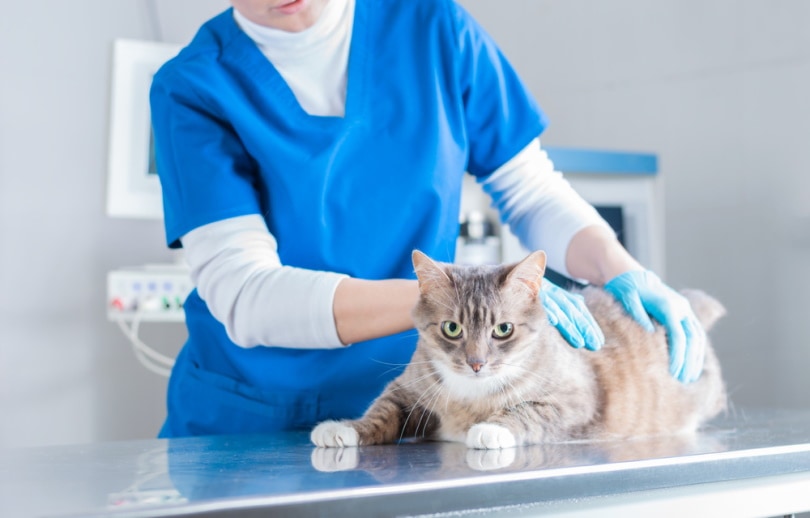
There are numerous things you will need to address as a pet owner, and some aren’t too pleasant. Both dogs and cats can have issues with their anal region that can result in health issues if left untreated. When it comes to your cat, you can keep an eye out for a few things to ensure this doesn’t become a problem.
If you notice your cat is having issues with its bottom, it may need its anal glands expressed. This sounds like a routine plan, but how much does it cost to express your cat’s anal glands?
The Importance of Expressing a Cat’s Anal Glands
When a cat has issues with their anal glands, it can be quite irritable for both the owner and the pet themselves. You might notice your cat scooting across the floor or starting to have a smelly bum. It is crucial that you get this looked at by a veterinarian. It can easily be treated with a procedure that is referred to as “expressing” anal glands but may need to be done as a regular procedure.
This is basically the action of squeezing the glands located near the anus of the cat to let the build-up of liquids out. Not expressing your cat’s anal glands can result in infections or further inflammation of the area, which can become quite serious.
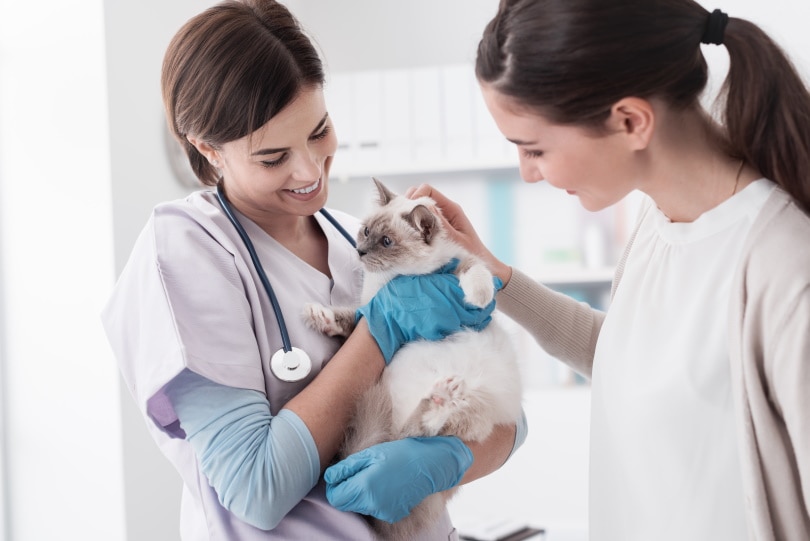
How Much Does Expressing a Cat’s Anal Glands Cost?
The cost of expressing a cat’s anal glands can vary depending on the breed and size/weight of the cat, the state of the anal glands in terms of any infections or swelling, and the region where you live. For example, if you live in a bigger city your costs will generally run higher than those who visit a veterinarian in a rural town. Also, factors such as having pet insurance can affect the cost of this procedure. The cost can increase very quickly and drastically depending on your cat’s needs. If they need to be hospitalized or have overnight stays at the vet due to surgery or monitoring, this can increase the overall costs of this procedure. Other needs may arise such as anti-inflammatory antibiotics, repeat appointments, or multiple procedures over time.
| Average Cost | Pet Insurance Coverage? | |
| Expressing Anal Glands | $50 | Yes |
| Infection | $100–$1,000 | Yes |
| Hospitalization | $600–$3,500 | Yes |
| Antibiotics | $6–$60 | Yes |
| Follow Up Appointments | $100–$150 | Yes |
| Surgery for Removal | $750–$2,500 | Yes |
Source: Pawp
Additional Costs to Anticipate
There are a number of additional costs that may result from this procedure. As mentioned above, these costs depend on the severity of the procedure and the breed or health status of your cat. This refers to things like the anal glands developing an infection or being left untreated for too long. With complications comes more difficulty and more of the veterinarian’s time being dedicated to your pet. If your cat needs antibiotics, further treatments, regular check-ups, or even surgery then the cost will likely triple.
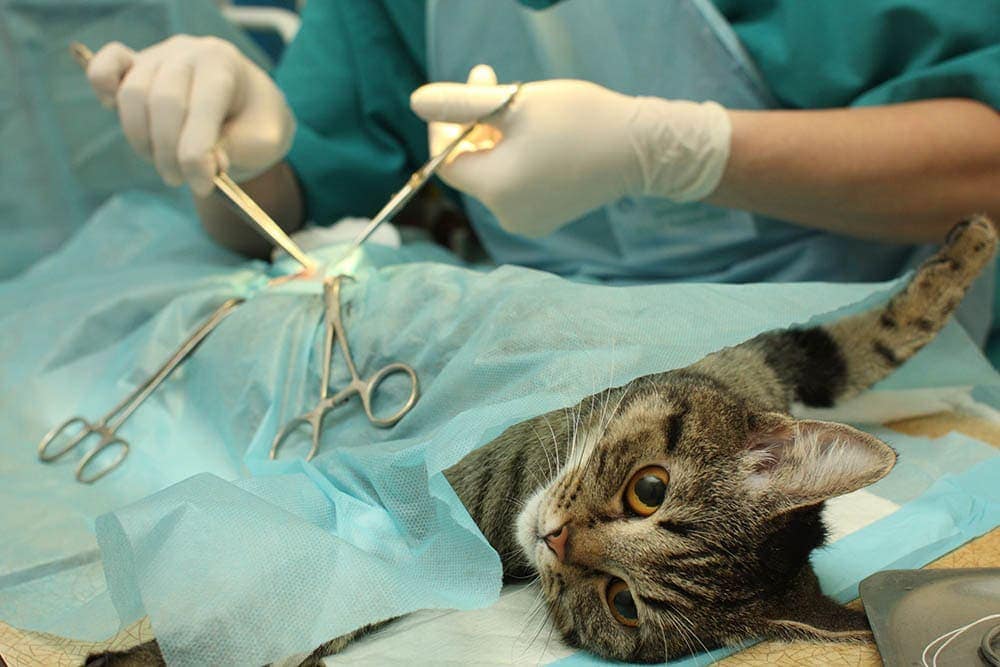
Another thing to consider is that some cats may need consistent visits to the vet to have their anal glands expressed. Things like a hospital stay overnight will add to your bill, and usually, hospital stays come along with monitoring procedures like medications, boarding space, recovery periods, and more.
How Often Should I Express a Cat’s Anal Glands?
Your cat will need to be monitored regularly to see if they need routine check-ups or multiple visits to the vet to express its anal glands. It could become a monthly procedure that needs to be done by a vet regularly or something they may be able to teach you how to do safely at home if it becomes frequent enough. Don’t try this at home by yourself for the first time, because you can negatively impact your cat’s normal bathroom visits or get it infected by not properly sanitizing and cleaning the area.
Also, don’t think this is something that needs to be done as prevention. If your cat doesn’t have any negative symptoms or you haven’t been advised by a vet to do so, then steer clear of doing it.
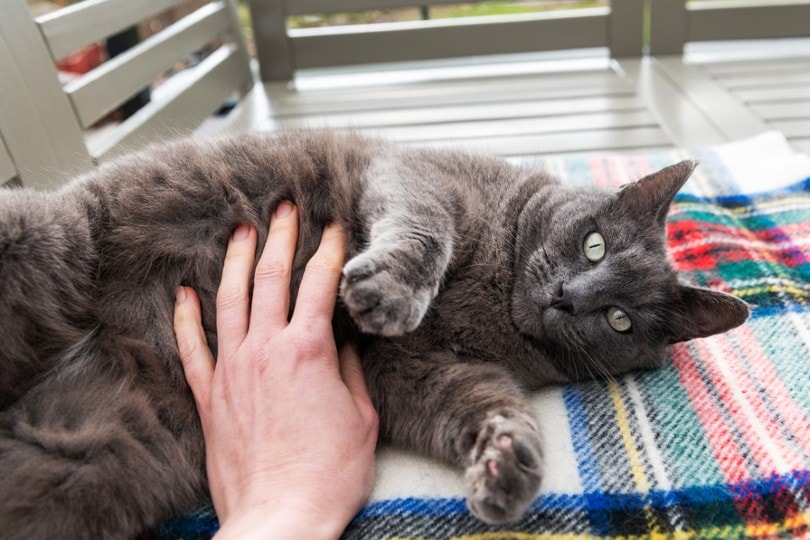
Does Pet Insurance Cover Expressing a Cat’s Anal Glands?
Some pet insurance companies have basic coverage for pets including things required for younger animals (i.e., spaying or neutering, shots, deworming, etc.). Most veterinary visits and prescribed medications are generally covered by most pet insurance companies. The only procedures that may not be covered are add-on wellness or behavioral costs; things such as hydrotherapy, massage, training, etc.
It’s important to review your pet insurance company’s coverage areas for your cat before you sign up with them. They are usually very transparent about what will be covered and what will not, and how much coverage you receive. For example, you may see mention of terms like accidents and illness, dental coverage, and more.

What To Do for Your Cat In Between Visits
A few ways you can care for your cat while they wait for a vet visit, or after the procedure has been done, include things like monitoring their behavior and keeping up with their medications. In some cases, your vet may prescribe anti-inflammatory medication for your cat to avoid further flare-ups. It’s also a good idea to keep an eye on any similar behavior to the symptoms they experienced before the procedure.
Sometimes issues with the anal region can be related to their diet. A lack of fiber may be resulting in difficulty using the bathroom and a blockage in their system. Be transparent with your vet about their diet and activity levels. Something could be causing repeat visits that you might not be able to pinpoint.
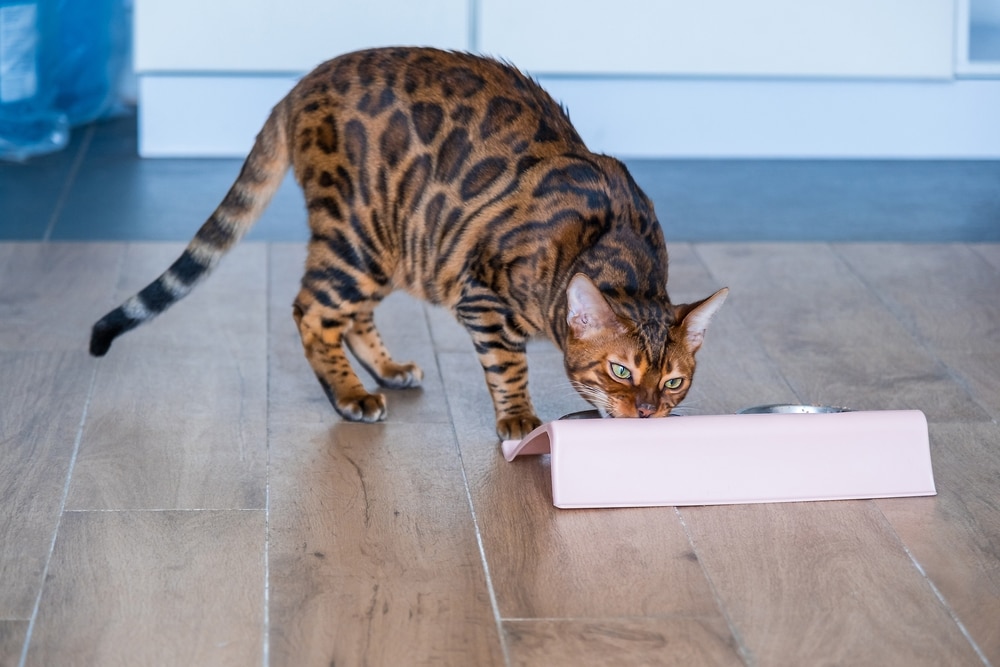
Conclusion
When you notice any odd behavior in your cat that can be related to the need to express their anal glands, the information in this article hopefully provides information about why it’s important and how it gets treated. Be prepared for any additional costs that arise while dealing with this condition, and closely monitor your cat for any symptoms like scooting, difficulty using the litter box, frequent licking in the area, and others.
Featured Image Credit; Andy Gin, Shutterstock


